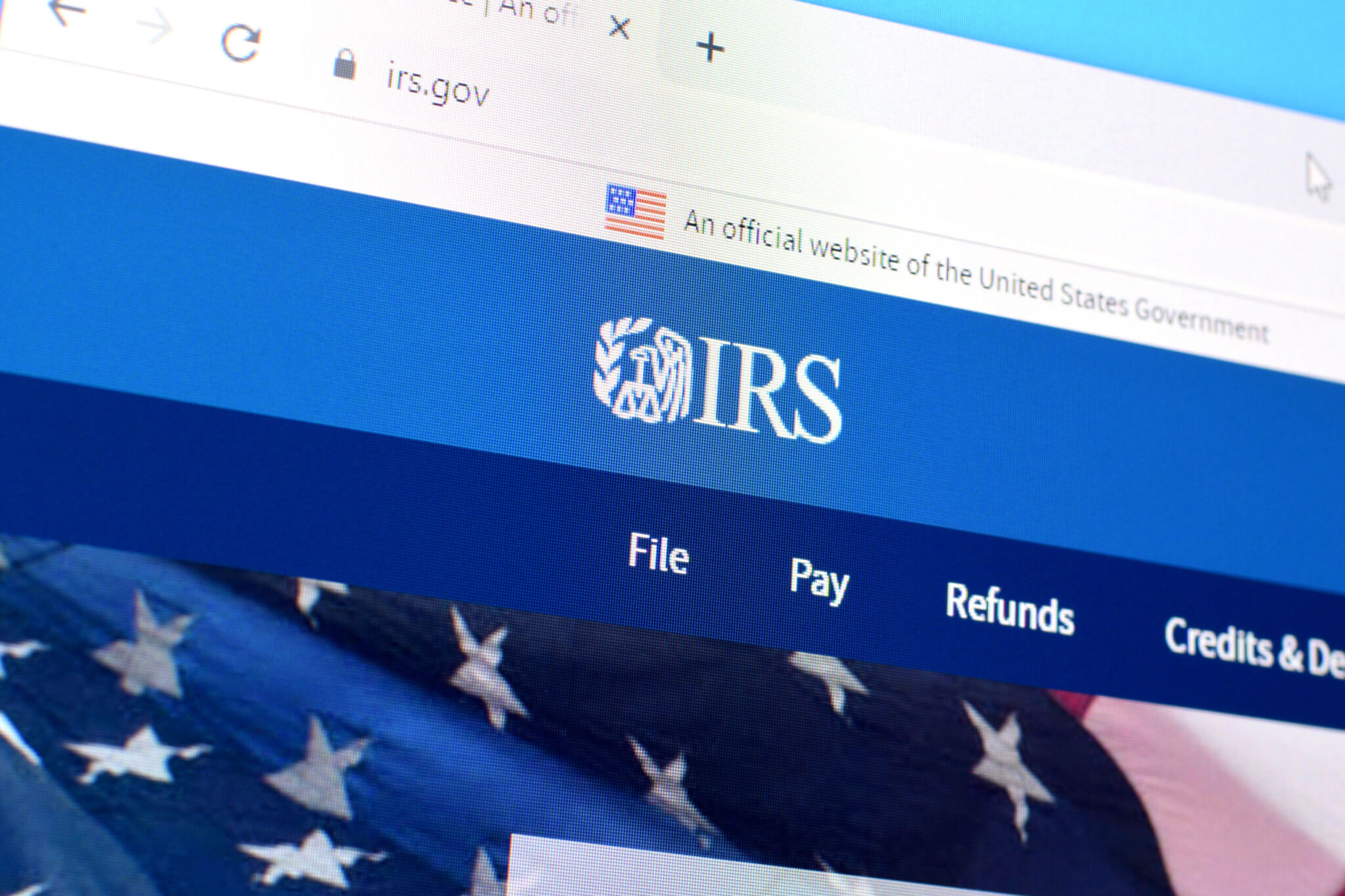Avoid Late Payment Penalties: How to Make Timely Tax Payments with IRS Direct Pay

Given the extended time it has taken the USPS to deliver mail over the past few months, there has been a recent trend of taxpayers who have timely mailed their tax payments but received late payment penalty notices. To avoid these types of notices, we recommend that taxpayers pay their tax payments online using IRS Direct Pay.
Using IRS Direct Pay
Below are the steps needed to make an estimated payment for 2024 to the IRS:
- Navigate to IRS Direct Pay here.
- Enter personal information; if married, please use the taxpayer’s information
- Reason for Payment: Estimated tax
- Apply Payment To: 1040ES (for 1040, 1040a, 1040ez)
- Tax Period for Payment: 2024
- Complete the ID verification prompts
Taxpayers are able to make a payment towards an amount owed, quarterly estimated payments, extensions, proposed assessments or a payment for a filed amended return. Additionally, taxpayers can easily keep track of their payments by signing up for email notifications. To break up a large payment or pay from two separate accounts, two Direct Pay payments can be made within a 24-hour period.
Direct Pay requires taxpayers to verify their personal information from a prior year’s tax return of their choice. Personal information can be as far back as five to six years, depending on the time of year the payment is being submitted, but it is recommended to use the most recent year. Taxpayers cannot use Direct Pay to make a payment if they have not filed a federal tax return before, or if this is the first time they are making a payment for their federal return. When completing the personal information verification, if the taxpayer is married, they only need to select “Married- Filing Jointly” as the filing status and then input the remaining information for the primary spouse (the spouse listed first on the tax return) for both taxpayers to get credit of the payment.
After the taxpayer submits the payment online, Direct Pay will provide a confirmation number. Direct Pay only provides the confirmation of the payment submission, it does not give confirmation that the tax is actually paid. The taxpayer has the responsibility of ensuring the payment is successfully withdrawn from their bank account. After 48 hours, the taxpayer’s IRS account should have the payments posted. If the payment is not posted and the taxpayer has confirmation of the payment being withdrawn from their bank, the taxpayer can contact the IRS or their tax professional for assistance.
Taxpayers in Georgia
Most states allow taxpayers to pay their tax payments online as well.
For the State of Georgia, taxpayers can follow the following instructions to pay their state estimated payments online:
- Navigate to the Georgia Tax Center e-services website here.
- Under Tasks, click on Make a Quick Payment
- Review the Request Details and click next
- For Customer Type, select Individual
- For your ID Type, select the box Social Security # or Individual Taxpayer ID # and click next
- Select Noif you have a payment number. Complete the ID Information and click next
- Complete the Payor Information and select the filing period as 12/31/2024and click next
- Complete the Payment Information and click next
- Review the request and click submit
- Click OK to confirm the payment
- Please print the confirmation of payment when completed and send it to your Frazier & Deeter tax advisor.
Got Questions? We’ve Got You Covered.
Our team of experts is committed to providing you with the support and guidance you need. For questions or concerns, please contact your Frazier & Deeter tax advisor, or reach out to our team here.
Explore related insights
-
How to Untangle the Web of State Tax Complexity: A Guide for Tech Companies
Read more: How to Untangle the Web of State Tax Complexity: A Guide for Tech Companies
-
Sustainability Reporting is Evolving. Are You Ready for What’s Next?
Read more: Sustainability Reporting is Evolving. Are You Ready for What’s Next?






